Aldworth, Susan J. “Cercis canadensis (Eastern redbud) Fabaceae (Bean family).” Trees and Shrubs of the Campus of Iowa State University. Ames IA: Iowa State University Department of Botany, 1998.
"The Amana Arts Guild Center." National Park Service > Travel Itineraries > The Amana Colonies. National Park Service, U.S. Department of the Interior. Web. www.nps.gov
- Available via National Park Service at: http://www.nps.gov/nr/travel/amana/art.htm
Blomstrom, David. "Oklahoma's State Tree: The Redbud." GeoSymbols > The World > North America > United States. 1994 - 2013. Geobopological Survey. Web. www.geosymbols.org
- Available at: http://www.geosymbols.org/World/Oklahoma/Tree
Brand, Mark H. (Dr.). “Cercis canadensis Eastern Redbud.” UConn Plant Database. 1997 - 2001. University of Connecticut Department of Plant Science, Storrs CT. Web. www.hort.uconn.edu
- Available at: http://www.hort.uconn.edu/plants/c/cercan/cercan1.html
Browne, Maimee Lee Robinson. Redbud in Poetry. Foreword by Maude R. Calvert: "How the Redbud Became the Oklahoma State Tree." N.p.: Glencoe-Vacherie Press, 1964.
Browne, Maimee Lee Robinson. So Much I Wished to Say: A Selection of Poems. N.p.: Glencoe-Vacherie Press, 1967.
Converse, May Frink. “Red-Bud.” Page 31. In: Helen Rhoda Hoopes, Contemporary Kansas Poetry. Kansas City: Joseph D. Havens Co., 1927.
Dickson, James G. Cercis canadensis L. Eastern Redbud.” Silvics of North America. Volume 2: Hardwoods. Agriculture Handbook 654. Washington, DC: U.S.D.A. Forest Service, December 1990.
“Eastern Redbud Cercis canadensis L.” Plant Guide. U.S.D.A. Natural Resources Conservation Service. Prepared by Diana L. Immel, University of California-Davis Environmental Horticulture Department. Edited: June 01, 2006.
Gray, Asa. Plates Prepared Between the Years 1849 and 1859, to Accompany a Report on The Forest Trees of North America. Washington DC: Smithsonian Institution, 1891.
- Available via Biodiversity Heritage Library at: https://www.biodiversitylibrary.org/page/46924242
- Available via Internet Archive at: http://archive.org/details/platespreparedb00instgoog
Michener, Charles D. The Bees of the World. Baltimore: Johns Hopkins University Press, 2000.
Oklahoma Department of Agriculture, Food and Forestry. The Oklahoma Forestry Code. Title 2, Article 16 of the Oklahoma Statutes. Revised July 1, 2007. Oklahoma City, OH: Oklahoma Forestry Services Division, 2007.
- Available at: www.forestry.ok.gov/Websites/forestry/Images/code,%202007.pdf
Paustenbaugh, Jennifer, Sarah Kay Kunkler, R. Darcy, Cathy Seagraves and David Peters. Distinguished Oklahoma Women. Oklahoma State University. Web. ojs.library.okstate.edu
- Available at: http://ojs.library.okstate.edu/osu/index.php/OKPolitics/article/viewFile/1056/953
Peck, Rebekah. "Redbud." Encyclopedia of Oklahoma History & Culture. Oklahoma Historical Society and Oklahoma State University Library Electronic Publishing Center. Web. digital.library.okstate.edu
- Available at: http://digital.library.okstate.edu/encyclopedia/entries/R/RE016.html
Root, Amos Ives and Ernest Rob Root. The ABC and XYZ of Bee Culture: A Cyclopedia of Everything Pertaining to the Care of the Honey-bee; Bees; Hives, Honey, Implements, Honeyplants, etc. Facts Gleaned from the Experience of Thousands of Bee-keepers, and Afterward Verified in Our Apiary. Medina OH: A.I. Root Co., 1910.
- Available via Biodiversity Heritage Library at: http://www.biodiversitylibrary.org/bibliography/8970#/summary
- 1908 edition available via HathiTrust at: http://catalog.hathitrust.org/Record/005797241
- Available via Internet Archive at: http://archive.org/details/abcxyzofbeecultu00root
Weizman, Limor, Emily Silver, and Hannah Ramer. “Taste of the Wild: A Guide to Edible Plants and Fungi of New England.” Field Biology Electronic Field Guides: Created by Students of Daniel L. Perlman. Fall 2006. Brandeis University. Web. www.bio.brandeis.edu
- Available at: http://www.bio.brandeis.edu/fieldbio/Edible_Plants_Ramer_Silver_Weizmann/Pages/Homepage.html


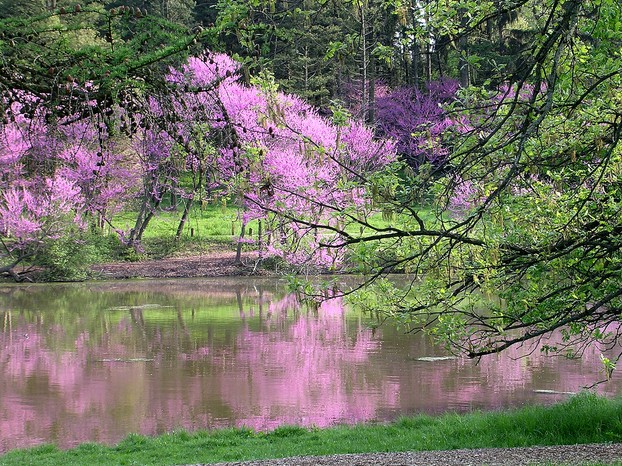
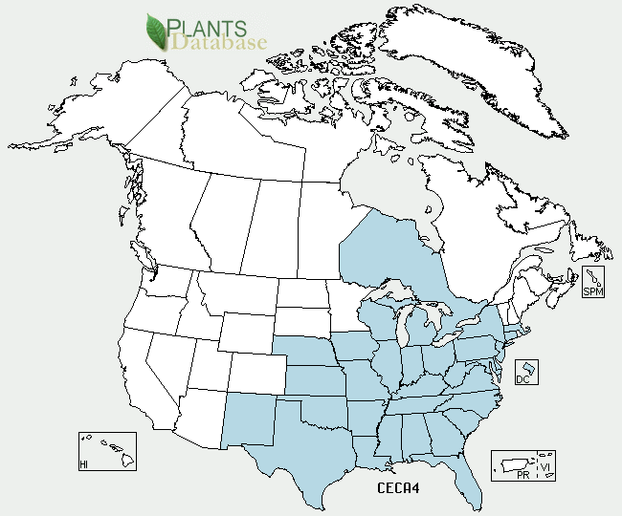
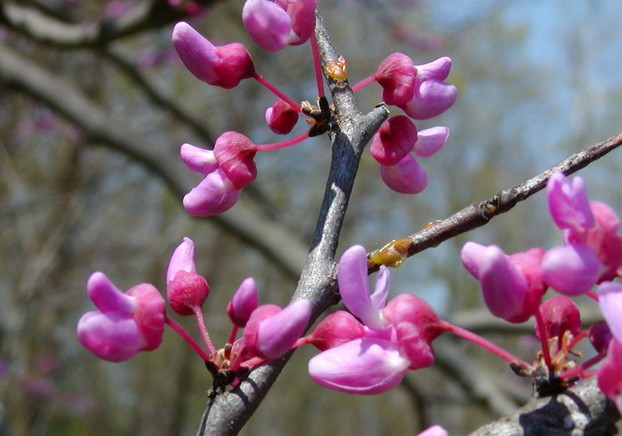
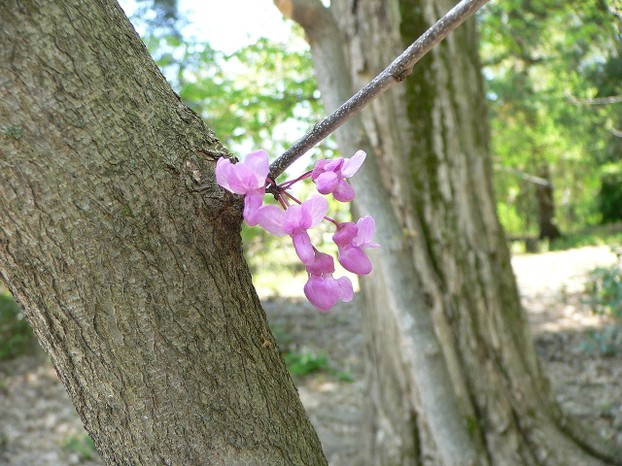
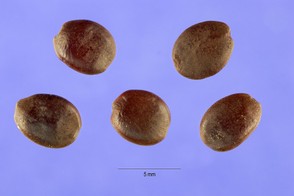
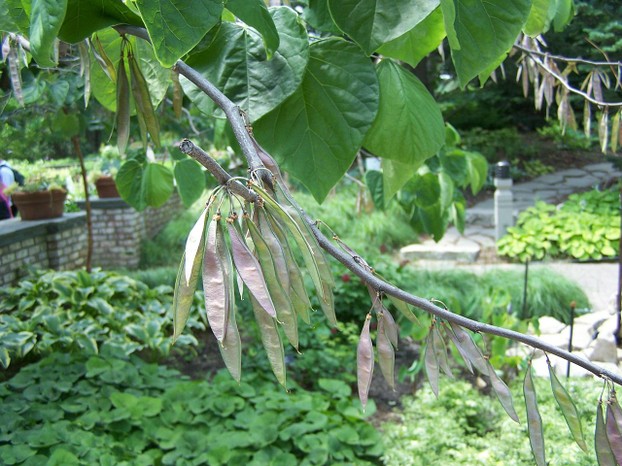
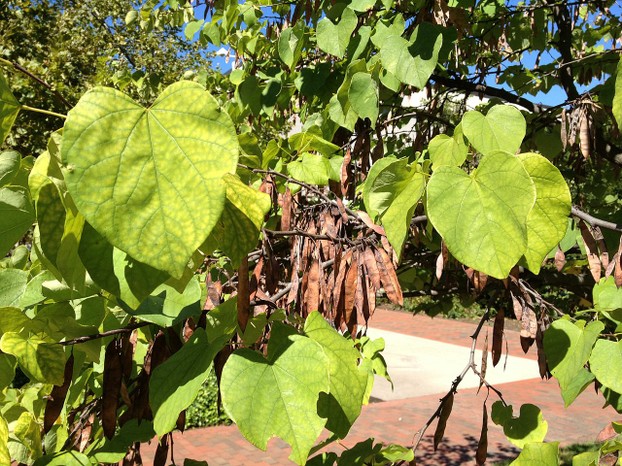
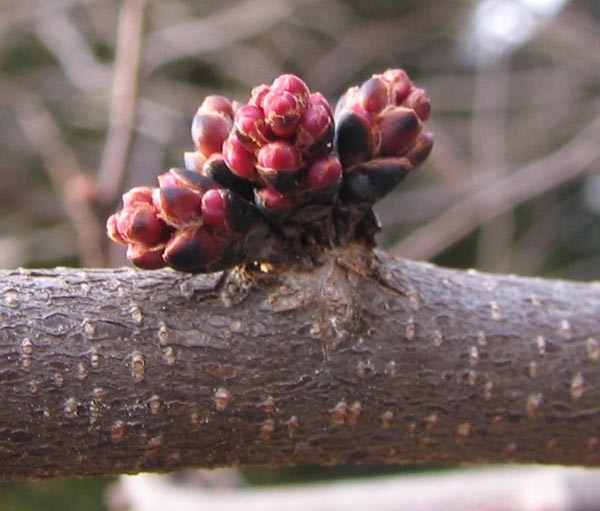
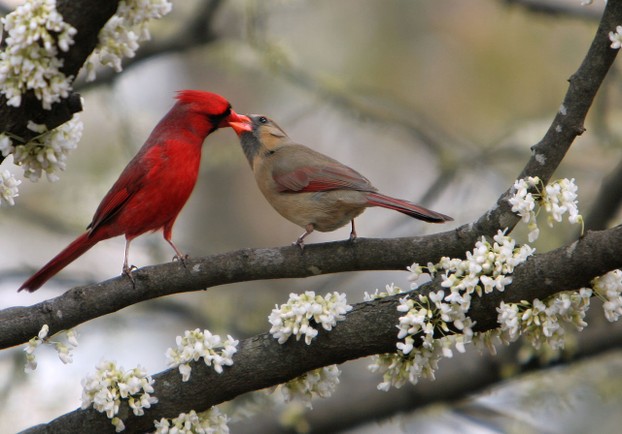
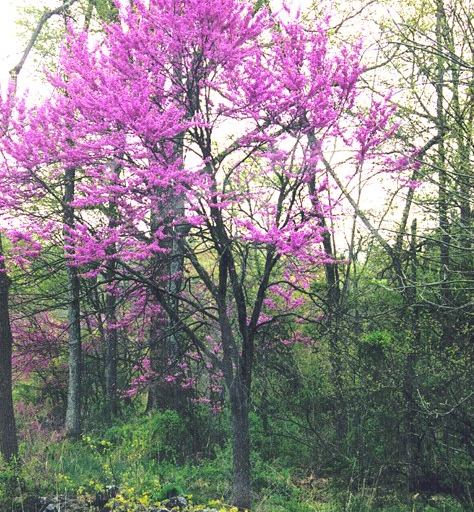
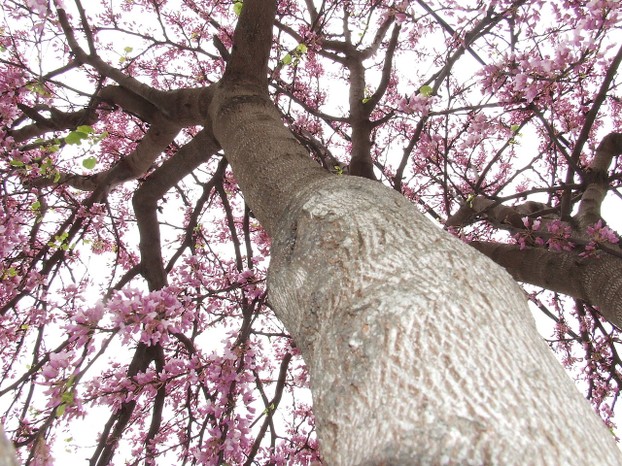
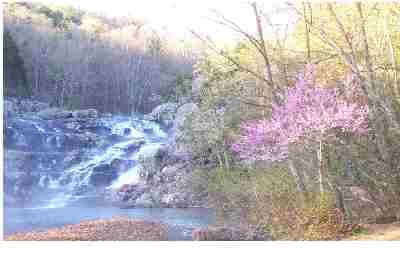
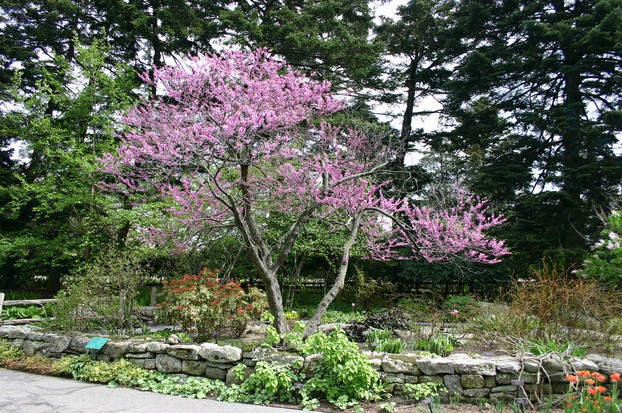
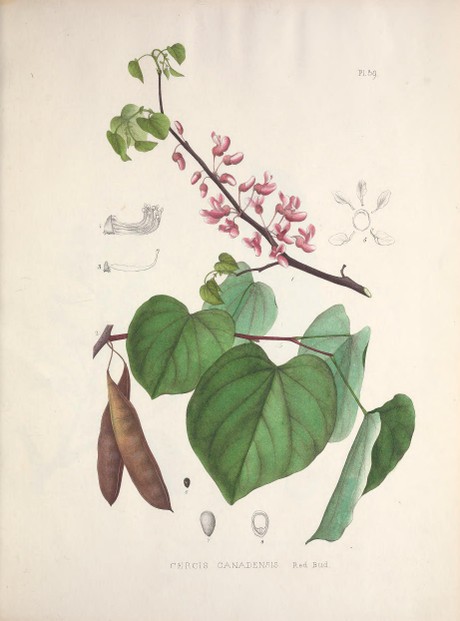
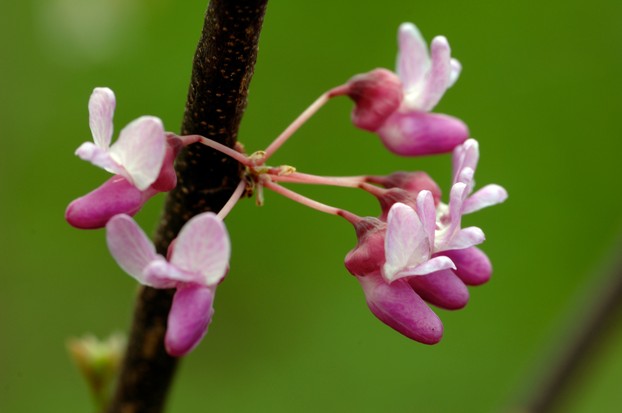



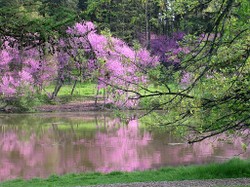

 Are Hawaiian Huakai Po Nightmarchers Avenging Halloween Thursday?on 10/02/2024
Are Hawaiian Huakai Po Nightmarchers Avenging Halloween Thursday?on 10/02/2024
 Mailing Addresses for 2023 Form 4868 Extending 1040 and 1040SR April 15, 2024, Due Dateon 04/15/2024
Mailing Addresses for 2023 Form 4868 Extending 1040 and 1040SR April 15, 2024, Due Dateon 04/15/2024
 Mailing Addresses for 2023 Forms 1040 and 1040SR Filed in 2024on 04/15/2024
Mailing Addresses for 2023 Forms 1040 and 1040SR Filed in 2024on 04/15/2024
 Mailing Addresses for 2022 Form 4868 Extending 1040 and 1040SR April 18, 2023, Due Dateon 04/13/2023
Mailing Addresses for 2022 Form 4868 Extending 1040 and 1040SR April 18, 2023, Due Dateon 04/13/2023

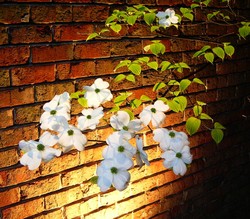
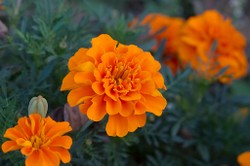
Comments
Thank you for stopping by, WriterArtist!
Me too, I appreciate red-colored leaves (such as red-tip photinia) and flowers (such as bougainvillea).
Yes, eastern redbud can project different colors through flowers and foliage. For example, the flower is a variable gradation of purple-tinged rose-pink that may be darker or lighter, pinker or purpler. The foliage may be quite red when emergent, solidly green in summertime and yellow-green in autumn.
My personal choice of flowers is always red, though I try to have a mix of colours in my garden. I have orange, red and white bougainvillea. I can see that lush pink magenta blooms on trees look amazing. The choice of pictures showcase the beauty of Eastern bud. Does it come in different colours too?
happynutritionist, Thank you! Me, too, I also enjoy spring's flowering trees. Everything about Eastern Redbud is heartwarming and memorable: bark, flowers, leaves, seed pods, and tree shape. The continental U.S. is fortunate that, either through nativity or naturalization, Eastern Redbud thrives in all of the Lower 48. Eastern Redbud has been a cherished constant in my life.
This is such a lovely and detailed page. I have enjoyed all the spring trees that bloom, and am happy to see that these grow here in New Jersey. I have enjoyed the flowers, and recognize the heart shaped leaves and seed pods from my wanderings.
Mira, Cercis siliquastrum seems to favor the Mediterranean part of its southern Europe and western Asia native range. Is it possible that it is found outside of urban areas in Romania?
Are there resources through the parks department, such as staff and records of what they've planted and are growing?
Here's a link to a short list of main trees in Romania: http://www.ibis-tours.ro/trees_romani...
Trees can be identified by their bark, buds, flowers, fruits, leaves, and silhouettes. One of the easiest ways is to remember the formula MAD for maple-ash-dogwood, which are the only deciduous trees that grow opposite paired leaves.
There may be publications available through the International Society of Arboriculture's chapters or associate organizations in Europe. Here's a link to that list: http://www.isa-arbor.com/membership/l...
Wonderful tree! You say there's an Eastern redbud, too, but I haven't seen anything like it here. I also have a question. How does one go about identifying trees? Someone largely ignorant in this respect. I love taking photos each spring but I can't identify the ornamental trees in parks.
cazort, Me, too, I love redbuds. Concerns about lineage of nursery purchases are important for me as well, so I appreciate that you mention the question marks connected with those purchases.
Self-seeded and wind-seeded trees have become precious for me. I especially cherish wind-seeded trees because of the surprise factor. Among my wind-seeded treasures are a black cherry (Prunus serotina), which truly came out of nowhere, and a plucky Virginia red cedar (Juniperus virginiana).
Have you self-seeded any redbuds or any other trees?
I love redbud trees! I find they readily self-seed too, and are easy to grow from seed, so if you are lucky enough to live near a wild population of them you can easily gather a few seeds and grow them yourself!
I would avoid buying one of these in a nursery unless I knew for sure where the plant's lineage was from, because the plant's native range is HUGE and many nurseries grow plants from far-away populations, which can leave them poorly adapted to local conditions, or cause outbreeding depression if they cross-pollinate with local wild populations.
burntchestnut, Me, too: redbud trees in bloom is a marvel and a wonder. It is touching to me that the pioneers in Oklahoma never forgot the singular sight of flowering redbuds.
I love driving down the highway in apeinf and seeing redbud trees in bloom.